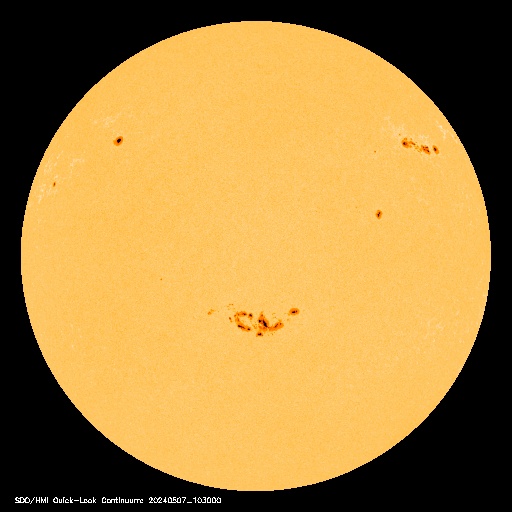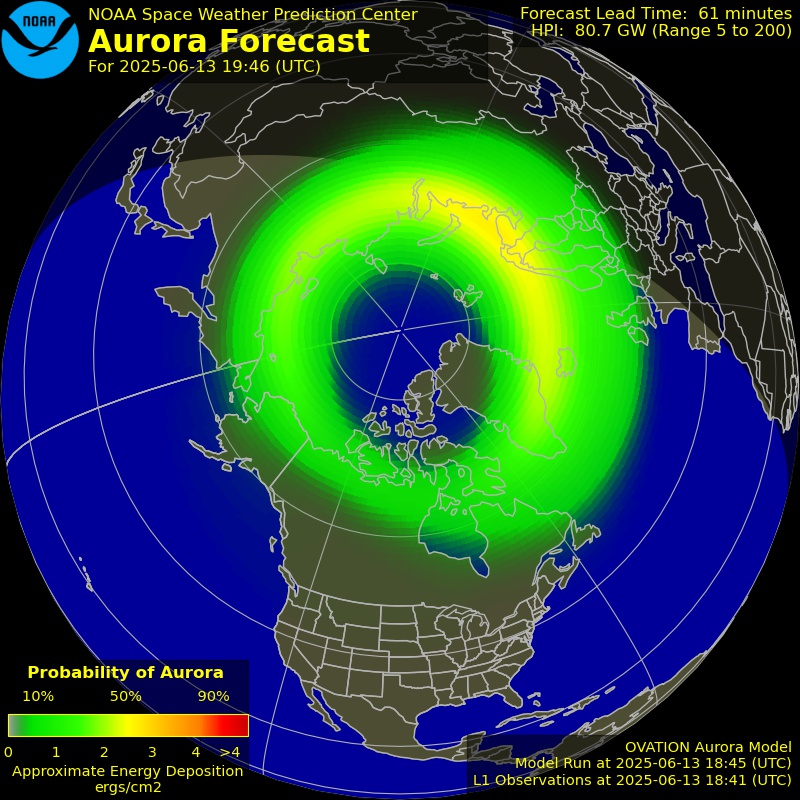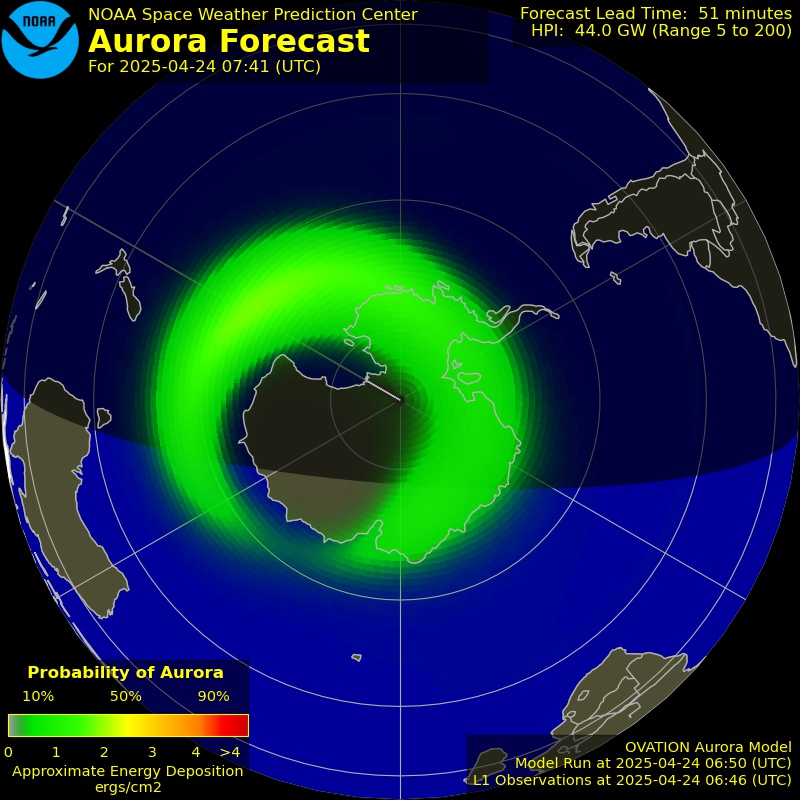An explosion over California that rattled homes across at least two states on Sunday, April 22nd, has been analyzed by NASA’s Meteoroid Environment Office: According to Bill Cooke, head of NASA’s Meteoroid Environment Office, it was a natural meteoroid the size of a mini-van. Analysts say the space rock exploded in the atmosphere with an energy equal to nearly 4 kilotons of TNT and might have sprayed the Sierra Nevada mountains with meteorites.
“Elizabeth Silber at Western University has searched for infrasound signals from the explosion,” says Cooke. “Infrasound is very low frequency sound which can travel great distances. There were strong signals at 2 stations, enabling a triangulation of the energy source at 37.6N, 120.5W. This is marked by a yellow flag in the map below.”

“The energy is estimated at a whopping 3.8 kilotons of TNT (about one fourth the energy of the ‘Little Boy’ bomb dropped on Hiroshima), so this was a big event,” he continues. “I am not saying there was a 3.8 kiloton explosion on the ground in California. I am saying that the meteor possessed this amount of energy before it broke apart in the atmosphere. [The map] shows the location of the atmospheric breakup, not impact with the ground.”
“The fact that sonic booms were heard indicates that this meteor penetrated very low in the atmosphere, which implies a speed less than 15 km/s (33,500 mph). Assuming this value for the speed, I get a mass for the meteor of around 70 metric tons. Hazarding a further guess at the density of 3 grams per cubic centimeter (solid rock), I calculate a size of about 3-4 meters, or about the size of a minivan.”
“This meteor was probably not a Lyrid; without a trajectory, I cannot rule out a Lyrid origin, but I think it likely that it was a background or sporadic meteor.” – they Lyrid Meteor shower peaked over the weekend of April 21-22.
Eyewitness report #1
Eyewitness report #2
Eyewitness report #3
Filed under: Meteors & Meteorites



















